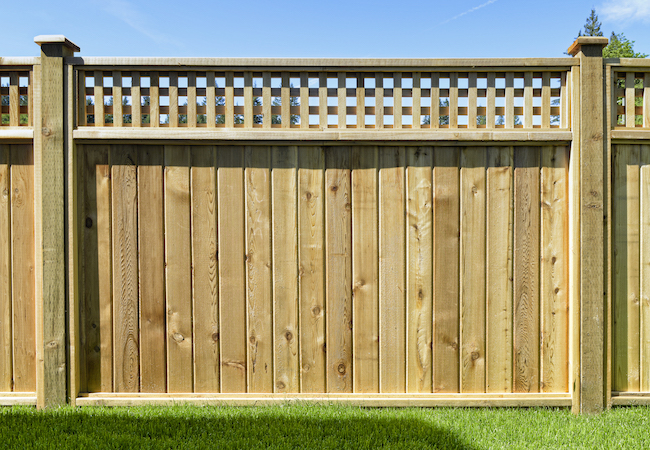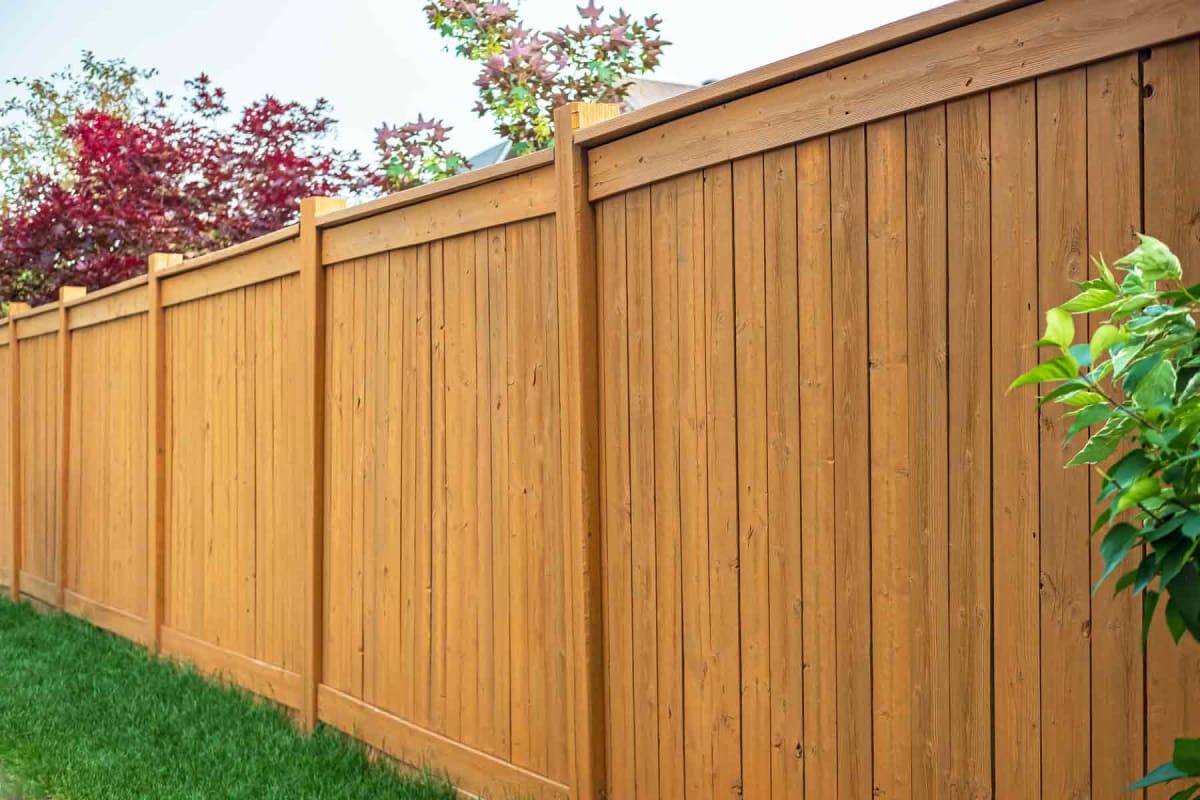All Categories
Featured

As sustainability comes to be a progressively essential consideration for house owners, more people are transforming to green fence products. Whether you're developing a fencing for personal privacy, security, or visual functions, choosing materials that lessen environmental influence is a great method to add to a healthier world. Here's a consider the leading green fencing products readily available today and their advantages.
- Bamboo Secure Fencing: Eco-friendly and fast-growing. Bamboo is just one of the most lasting fencing materials on the marketplace. Unlike conventional timber, bamboo is unbelievably fast-growing, which suggests it can be collected without depleting woodlands. This makes it an extremely renewable energy, with some types maturing to three feet in a single day.
Environmental Benefits: Bamboo soaks up more co2 than several various other plants, helping to counter greenhouse gases. Its quick growth price suggests it can be gathered routinely, making it a renewable product. Toughness: Bamboo fences are normally immune to parasites and decay, specifically when appropriately dealt with, decreasing the need for chemical treatments. Aesthetic Allure: Bamboo supplies a special, natural look that complements both modern-day and traditional landscape design designs. While bamboo is a wonderful alternative, it's essential to make certain that the bamboo used is sensibly sourced to avoid adding to environmental degradation.
- Recycled Steel Fence: Multiple-use and sturdy. Recycled steel secure fencing, such as aluminum or steel, uses an environment-friendly alternative to standard timber fences. These metals are usually made from recycled materials, lowering the requirement for brand-new mining and the environmental effect connected with drawing out resources.

Ecological Benefits: Metals like aluminum and steel are 100% recyclable, suggesting they can be recycled and repurposed forever without losing high quality. Toughness: Steel fencings are unbelievably sturdy, resistant to weather, pests, and wear, making them a lasting selection that does not require to be changed frequently. Reduced Maintenance: Recycled metal fences call for very little maintenance and do not need to be painted or sealed on a regular basis, decreasing the need for added chemicals. The main disadvantage is that steel fencings may not provide the same personal privacy as wood or plastic options, as they can have voids depending on the design.
- Recycled Wood Fencing: Lasting and All-natural. For those that like the classic appearance of timber yet desire a green alternative, recycled wood fencing is a superb choice. This material is made from reclaimed timber from old buildings, pallets, and even furniture, drawing away these materials from land fills.
Ecological Benefits: Using recycled timber prevents the demand to reduce brand-new trees, assisting to decrease and preserve forests logging. Visual Allure: Recycled wood uses a rustic, all-natural appearance and can be tailored to fit any home style. Sustainability: Considering that it is sourced from existing wood products, recycled wood doesn't need new processing, which decreases energy usage and carbon emissions. While recycled wood fencings are a green alternative, they may need even more upkeep over time than metal or bamboo fencings, as timber can be susceptible to decay and bugs otherwise appropriately dealt with.

- Living Fences: Natural and Green. Living fencings, which are made from thick growings like bushes, trees, or bushes, provide a totally natural and eco-friendly choice to typical secure fencing products. These fencings not just offer personal privacy but likewise improve your yard with gorgeous greenery.
Environmental Advantages: Living fencings can soak up carbon dioxide, provide habitat for wild animals, and enhance air top quality. Noise Decrease: Dense plantings can function as natural audio obstacles, reducing web traffic noise or other undesirable sounds. Aesthetic Appeal: They add a soft, all-natural visual to any property and can be customized to fit any kind of design. While living fencings are environmentally friendly, they do require routine upkeep such as pruning, watering, and occasionally pest control.
- Hemp Fencing: Strong and naturally degradable. Hemp is an additional sustainable material that has made its method right into the fence market. Hemp fences are made from strong hemp fibers that are woven together to develop environment-friendly and durable panels.
Ecological Benefits: Hemp grows quickly and requires very little water, making it a resource-efficient crop. When no longer required, the material is biodegradable and can be composted. Strength and Resilience: Hemp fencing is surprisingly strong and weather-resistant, making it ideal for lots of environments. Sustainability: Hemp farming calls for fewer pesticides and fertilizers than standard crops, making it an ecologically liable alternative. Hemp fence may not be as commonly offered as other materials, depending on your area.
Conclusion: Lasting Choices for each Need. Picking green secure fencing products is a great way to minimize your ecological footprint while still achieving the privacy, security, and aesthetic you want. From fast-growing bamboo to recycled timber and steel, there are a range of sustainable options that can aid you develop an attractive, functional fencing while sustaining a much healthier earth. By thinking about variables such as sturdiness, maintenance, and ecological effect, you can pick the very best environment-friendly fence material for your needs and lifestyle.
Latest Posts
Safeguard Your Hyundai Funding with Convenience at Ron Marhofer Hyundai
Published Apr 19, 25
1 min read
Full Circle Strategic Marketing - Boost Your Brand with Comprehensive Marketing Services
Published Apr 19, 25
2 min read
Contact Us: Connect with Us for Top-Quality Auto Repair & Service in Montclare
Published Apr 19, 25
2 min read
More
Latest Posts
Safeguard Your Hyundai Funding with Convenience at Ron Marhofer Hyundai
Published Apr 19, 25
1 min read
Full Circle Strategic Marketing - Boost Your Brand with Comprehensive Marketing Services
Published Apr 19, 25
2 min read
Contact Us: Connect with Us for Top-Quality Auto Repair & Service in Montclare
Published Apr 19, 25
2 min read